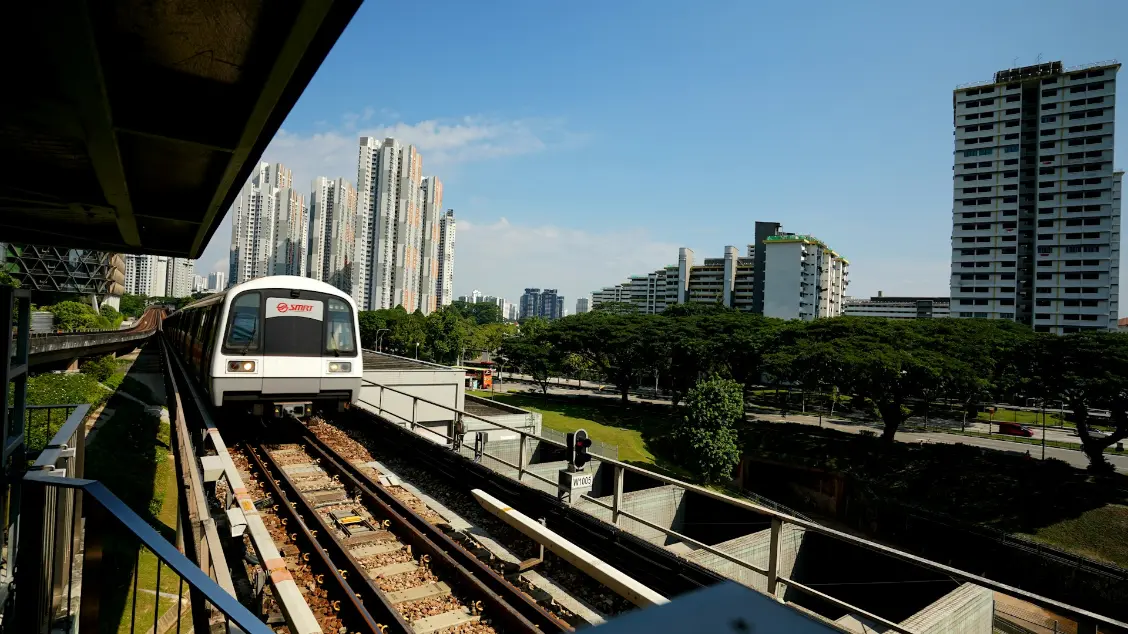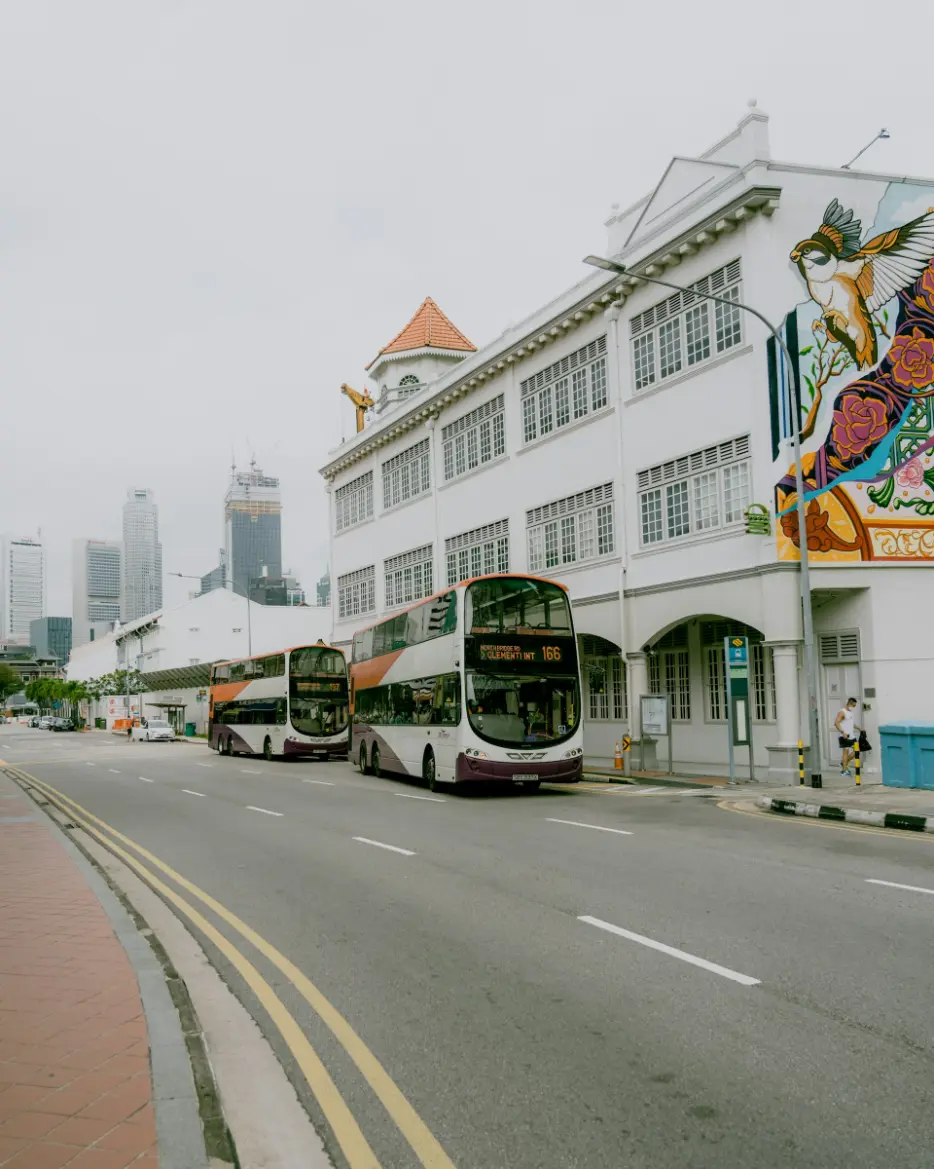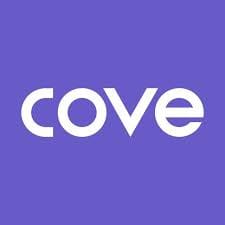Singapore Public Transport: The Ultimate Guide

Singapore is one of the top countries in terms of outstanding public transportation. This small island nation has cleverly built a very comprehensive and efficient system, making travel a smooth and enjoyable experience for both locals and tourists. In fact, Singapore is ranked among the top 10 countries with the best public transportation options in the world.
The two main modes of public transport in Singapore are the Mass Rapid Transit (MRT) and buses. The MRT, with its extensive network of lines covering the island, offers a fast and efficient way to travel across the city. Meanwhile, the bus system complements the MRT by providing extensive coverage to areas not directly accessible by the train network, ensuring that nearly every part of the island is reachable through public transport.
Mass Rapid Transit (MRT)

The MRT is the backbone of Singapore's public transportation system, with its first line opened in 1987. Today, there are a total of six MRT lines connecting over 100 stations across the island. The trains run from 5:30 am to midnight on weekdays and Saturdays, and from 6:00 am to midnight on Sundays and public holidays.
Singapore's MRT system stands out for its cleanliness, air-conditioned comfort, and reliability. With trains arriving frequently and maintaining a cool environment, it offers a pleasant travel experience in Singapore's hot and humid climate. Most top attractions & sites are also conveniently located near an MRT station, allowing you to easily walk from the station to your destination without the need for additional transportation..
Singapore MRT Lines

The Singapore MRT network comprises six lines, as follows:
- The North-South Line (NS), marked in red, connects the northern part of Singapore to the city in the south and continues to the Marina Bay area.
- The East-West Line (EW), shown in green, runs from the western parts of Singapore, through the city, and out to the eastern side, covering key residential and industrial areas.
- The North-East Line (NE), represented in purple, provides a direct route from the northeastern regions to the heart of the city, passing through culturally rich areas.
- The Circle Line (CC), colored yellow, loops around the city, linking several radial lines and facilitating transfers between them. This line connects important commercial, residential, and lifestyle enclaves.
- The Downtown Line (DT), marked in blue, offers access from the city's western residential areas, through the downtown financial district, and towards the eastern suburbs.
- The Thomson-East Coast Line (TE), in brown, is the latest addition, further extending the network to the northern and eastern coastal parts, enhancing connectivity to the central and southern zones of Singapore.
The train system is operated by two public transport operators: SMRT Corporation Ltd (SMRT) and SBS Transit (SBST).
- SMRT operates the North-South, East-West, Circle, Thomson-East Coast Lines, and the Bukit Panjang LRT.
- SBS Transit operates the North East and Downtown Lines, along with the Sengkang-Punggol LRT.
Using The MRT
Navigating the Singapore MRT is easy with its organized system and clear signs in English, Mandarin, Malay, and Tamil. Each station has detailed maps of the network and area. To use the MRT, find your nearest station and its line. Stations have a unique code with letters for the line and a number, like "NS1" for the first station on the North-South Line.
Inside an MRT station, you'll see clear maps of the network. These maps show all lines, major interchange stations, and end points, helping you plan your trip. If you need to switch lines, maps and electronic boards inside stations will direct you to the right platform.
MRT Tickets
MRT fares start at SGD 0.83 for adults, making city travel cost-effective. Fares increase with distance but cap at SGD 2.50 for longer trips. This pricing allows everyone to explore Singapore conveniently and affordably.
I remember when I first moved to Singapore, I was overwhelmed by the different transport options. But getting an Ez-Link card was a game-changer! It made hopping on and off the MRT and buses so much easier. The fare discounts also definitely added up over time. Trust me, it's a must-have for any visitor or resident!
Busses

Complementing the MRT, Singapore's bus service boasts an extensive network covering most areas of the island, ensuring accessibility and convenience for both locals and tourists. The buses operate extensive hours, generally from early morning until midnight, with some routes offering night service.
Singapore's bus service also features flat fare routes, particularly beneficial for longer journeys across the island. These routes have a set fare regardless of the distance traveled, making it easier to manage travel expenses without the worry of escalating costs. This fare system not only simplifies payment but also encourages the use of public transport for exploring different parts of Singapore comfortably and affordably.
Singapore Bus Routes
Singapore's public bus system, featuring over 300 routes, is designed to complement the MRT network, ensuring that even the most remote areas are accessible. A few notable bus routes that cover major attractions and residential areas include:
- Bus 36/36A: This route is especially convenient for tourists as it loops between Changi Airport and the city, passing through key areas such as Orchard Road, Suntec City, and Marina Bay.
- Bus 106: Travels from Bukit Batok Bus Interchange to Shenton Way, passing through various key points including Jurong East, Botanic Gardens, and Orchard, making it ideal for a scenic ride through Singapore's main attractions.
- Bus 133: Starts from Ang Mo Kio Bus Interchange and heads towards Marina Centre Terminal, covering Orchard Road, Somerset, and City Hall. This route offers a quick snapshot of Singapore’s bustling city life.
- Bus 195: Circulating between Marina Centre and Commonwealth Ave, this route is beneficial for those looking to explore the cultural sites and museums in the Civic District.
For an in-depth exploration, Singapore's bus network provides access to lesser-known gems and local neighborhoods, offering a true taste of the city's diversity and cultural vibrancy.
Singapore Bus Types
In addition to the regular service, Singapore's bus fleet includes various bus types designed to cater to diverse passenger needs and preferences.
- Single-deck buses: Most common; offer accessibility with low-floor entry for passengers with mobility challenges.
- Double-deck buses: Higher seating capacity; provide an elevated view of the cityscape, enhancing the commuting experience. Ideal for routes with higher demand, effectively managing crowd levels.
Using The Singapore Busses
Finding bus routes and schedules in Singapore is streamlined through modern technology and readily available resources. Commuters have the option to use a range of applications, including Singabus, available on smartphones. These apps provide real-time updates on bus arrivals, route information, and detailed maps. Additionally, digital panels at bus stops across the city display live updates on bus arrivals and departures, ensuring travelers are well informed of their waiting times and can plan their journeys efficiently. This blend of technology and information at your fingertips makes navigating Singapore's bus system a breeze for both residents and visitors alike.
Bus Tickets
Boarding a bus in Singapore is streamlined to ensure efficiency and convenience for all passengers. It is crucial to have the exact fare ready if paying by cash, as bus drivers do not provide change.
However, the preferred method of payment is also through contactless smart cards, such as the EZ-Link or NETS FlashPay cards, which can be easily tapped on the card reader upon boarding and alighting. These cards can be topped up at various designated points across the city, including MRT stations, bus interchanges, and convenience stores, ensuring travelers are always prepared. This exact fare system and the use of smart cards expedite the boarding process, allowing for a smoother and faster transit experience.
Alternative Transportation Options to Consider
Taxi or Ride-Hailing apps
While Singapore's bus system is efficient and well-connected, there may be instances where commuters prefer a more direct mode of transportation. In these cases, taxis or ride-hailing apps are readily available options. Taxis can be hailed on the street, at designated taxi stands, or booked through taxi booking apps. The popular ride-hailing apps in Singapore include Grab, Gojek, & TADA which provide additional transportation options and competitive pricing. Both taxis and ride-hailing apps offer a comfortable and convenient mode of travel, especially for those traveling with luggage or in larger groups.
Important things to know:
- Taxis and ride-hailing apps accept both cash and electronic payment methods.
- Prices for taxis are metered, while prices for ride-hailing apps may vary depending on demand and surge pricing.
- Booking a ride through the app is often cheaper than hailing a taxi on the street.
- Taxis are readily available, while ride-hailing apps may have a longer waiting time during peak hours.
Bike Rentals
For short distances or leisurely rides, bike rentals are a popular and eco-friendly option. Singapore's bike-sharing systems offer dockless bikes that can be unlocked using mobile apps and paid for on a per-minute basis. These rental bikes can be found at various locations across the city, making it convenient to pick up and drop off at different points of interest. Some popular bike rental companies in Singapore include oBike, Mobike, and SG Bike.
Important things to know:
- Bikes can be rented at any time of the day but must be returned by midnight.
- Riders must have a local SIM card or access to Wi-Fi to unlock the bikes through the mobile app.
- Helmets are not provided, so it is recommended to bring your own for safety.
- There may be additional charges or penalties for parking bikes in non-designated areas or not returning them within the allotted time.
Hope this guide helped you figure out the best ways to get around Singapore, making your city exploration super smooth. Happy travels!
Looking for a place as handy and reachable as your daily commute? Check out our rooms at Cove! We've got loads of rooms for rent all over Singapore, perfect for students, professionals, or if you're just in town visiting. Finding that ideal spot to crash is way easier than you might think. Not ready for a long-term lease? No problem! We offer flexible short-term stays that fit your needs perfectly. Come join us for a little while! With Cove, you get comfort, a cool community vibe, and the ultimate convenience of living in Singapore.

